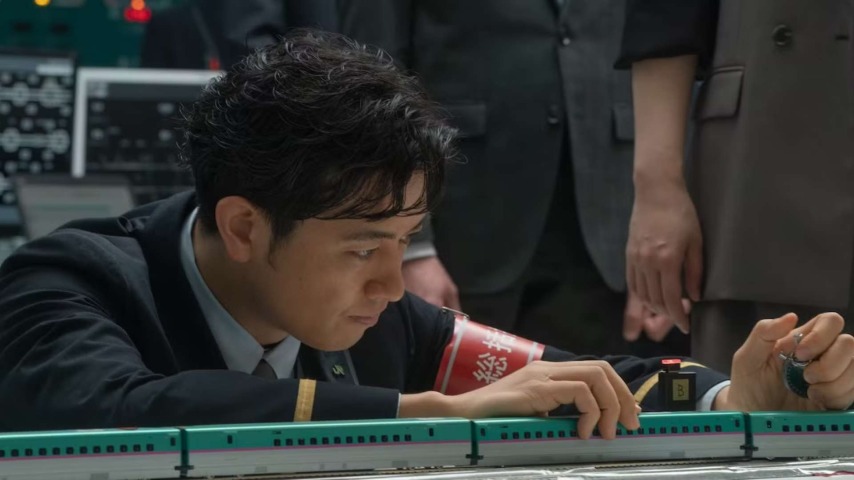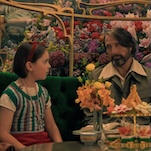Passengers and professionals unite to avoid a Bullet Train Explosion in glossy thriller
Japanese public transit gets put through its paces in this sluggish update to the '70s disaster movie.
Photo: Netflix
A film about a bullet train that can’t dip below a certain speed without blowing up should be anything but slow. But Netflix’s Bullet Train Explosion, which remakes the 1975 Japanese film which inspired Speed, is a slick yet sluggish vehicle that only works in concept—a bit like mock-ups for Elon Musk’s failed Hyperloop. Spreading the action of a thriller predicated on the idea of unstoppable, death-seeking speed across more than two hours dilutes the power of its one-track-mind premise. Heading in the other direction, the need to constantly remind viewers of the heightened stakes interrupts the more grounded assembly of the film’s coalition of problem-solvers (spanning train professionals, government suits, construction workers, and passengers from various walks of life), all trying to avert disaster. The resulting slow-speed collision is a glossy hi-def upgrade, but about as exciting as a word problem.
Director Shinji Higuchi seems like a logical conductor for this project, as his Shin Godzilla wryly balanced boardroom discussions and kaiju action. But the quick cuts, excitable camerawork, and on-screen titles he imposes on mundane conversations about train speed and track distance draw added attention to how little is happening. It’s not invigorating the limp material, just waving it in the audience’s face. In the filmmaker’s Godzilla, these thumb-in-ass sequences of chatter served as absurd reminders of humanity’s inability to deal with a city-leveling threat. In Bullet Train Explosion, these same tactics are applied towards the cause-and-effect logistics that have long kept mechanical thrillers chugging from point A to point B. Techniques that poked subtle fun at ineffectual bureaucracy are now employed in service of a film entirely optimistic about the possibilities of teamwork.








































